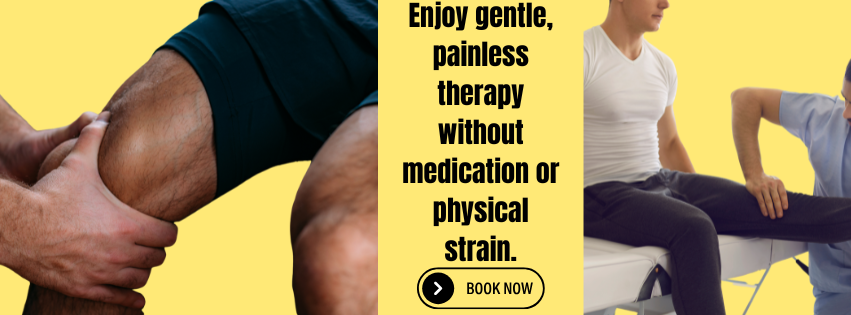Causes, Meaning, and Natural Healing Approaches
Knee pain is one of the most common discomforts people experience, whether they are young, active, recovering from illness, or simply going through daily life. The knee is a complex joint that carries the weight of the entire body, supports every step we take, and absorbs shock each time we move. When the knee starts to hurt, it can affect your mobility, confidence, and overall quality of life. But the good news is this: most knee pain has understandable reasons, and with the right natural approach, many people can find relief without heavy medication or invasive treatment.
Understanding knee pain starts with listening to your body. The pain you feel is not an enemy — it is your body’s way of communicating that something needs attention, balance, or healing. Many people ignore the first signs, or mask the pain with pills, but the real solution comes from identifying the root cause and applying the right care.
Why Knee Pain Happens: The Real Causes Behind the Discomfort

Knee pain rarely comes “out of nowhere.” Most cases are related to one or more of the following:
1. Muscle Imbalance
The knee is supported by a network of muscles — the thighs, hips, and calves. When one side is tight and another is weak, the knee joint becomes stressed.
- Tight quadriceps can pull on the kneecap
- Weak inner thighs reduce stability
- Tight hips change walking posture
When muscles are unbalanced, the knee absorbs extra pressure, leading to pain, clicking, or sensitivity.
2. Poor Movement Patterns
Daily habits shape the way we move.
Some common patterns that lead to knee pain:
- Sitting too long without movement
- Walking with heavy landing or inward-turning feet
- Climbing stairs too quickly
- Lifting with the knees in a twisted position
Over time, the knee joint becomes irritated, causing sharp or dull pain.
3. Overuse & Repetitive Stress
Even simple activities like walking, gardening, or standing for long hours can stress the knee if done without breaks or warm-ups.
Repetitive bending or squatting also strains the ligaments and tendons around the knee.
4. Weak Supporting Muscles
Your knee cannot work alone. If the thighs, hips, or glutes are weak, the knee takes on more load than it should.
This weakness leads to pain especially:
- Going downstairs
- Standing for long periods
- Carrying heavy bags
- Doing slow activities like climbing slopes
5. Old Injuries
Past injuries — even minor ones — can create “memory tension” in the muscles.
When the body tries to protect the injured area, the knee becomes stiff or overly sensitive.
This often creates long-term discomfort if not treated properly.
6. Natural Aging & Wear
As we age, the knee joint loses some lubrication and elasticity.
However, aging alone is not the main cause — most pain still comes from tightness, imbalance, or low movement.
Symptoms to Pay Attention To
Each type of knee pain tells a different story.
Here are some common symptoms and what they might indicate:
🔸 Pain behind the knee
Often relates to tight calves or hamstrings.
🔸 Pain on the inside of the knee
Usually linked to weak inner thigh muscles or foot rotation.
🔸 Pain on stairs
Means the kneecap is not tracking correctly due to muscle imbalance.
🔸 Knee swelling
Indicates irritation, inflammation, or fluid build-up.
🔸 Clicking or grinding sensation
Can mean dryness in the joint or misalignment.
🔸 Sharp pain when kneeling
Tight quads or pressure under the kneecap.
🔸 Weak or shakiness
Suggests weak supporting muscles.

